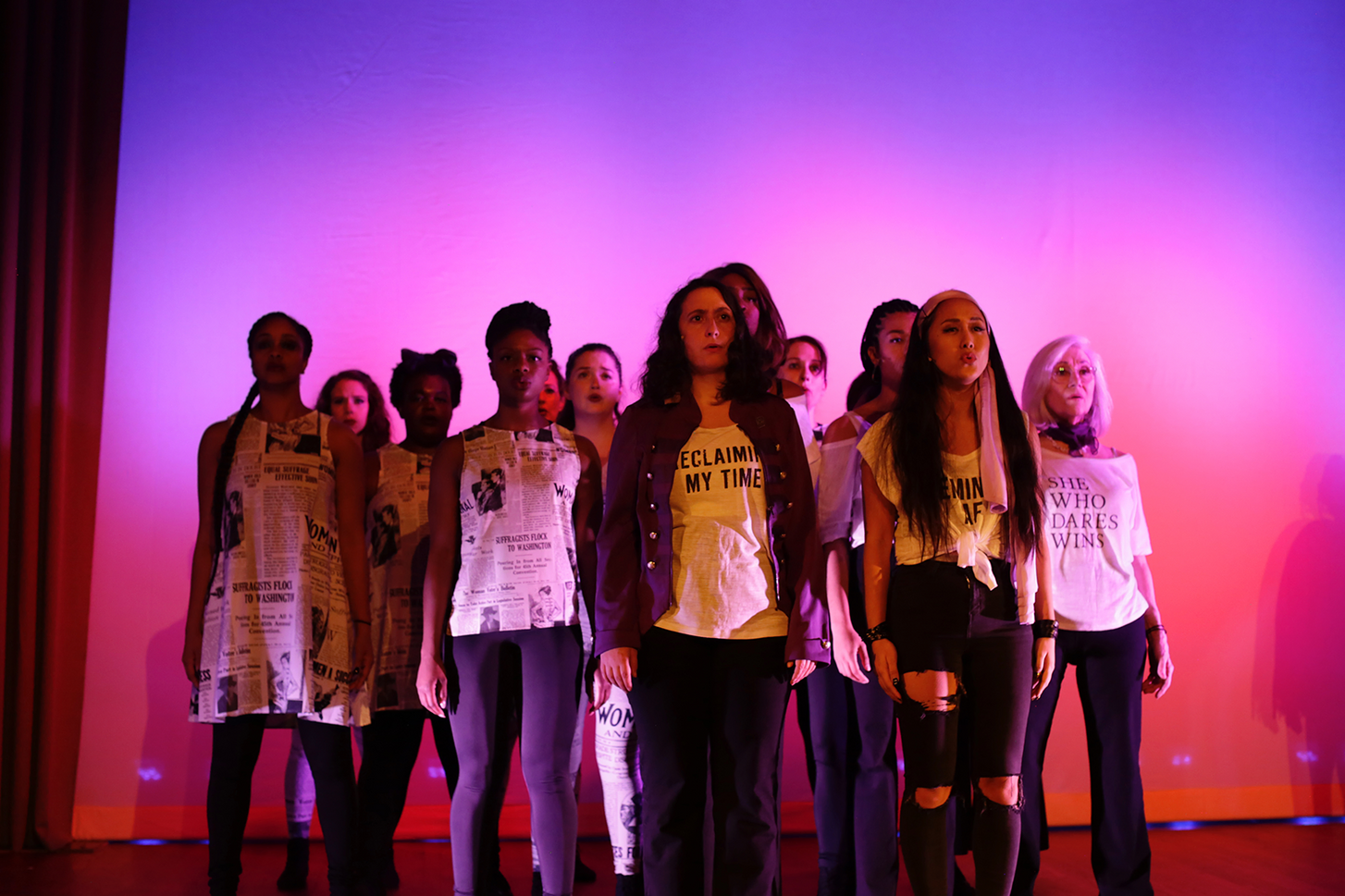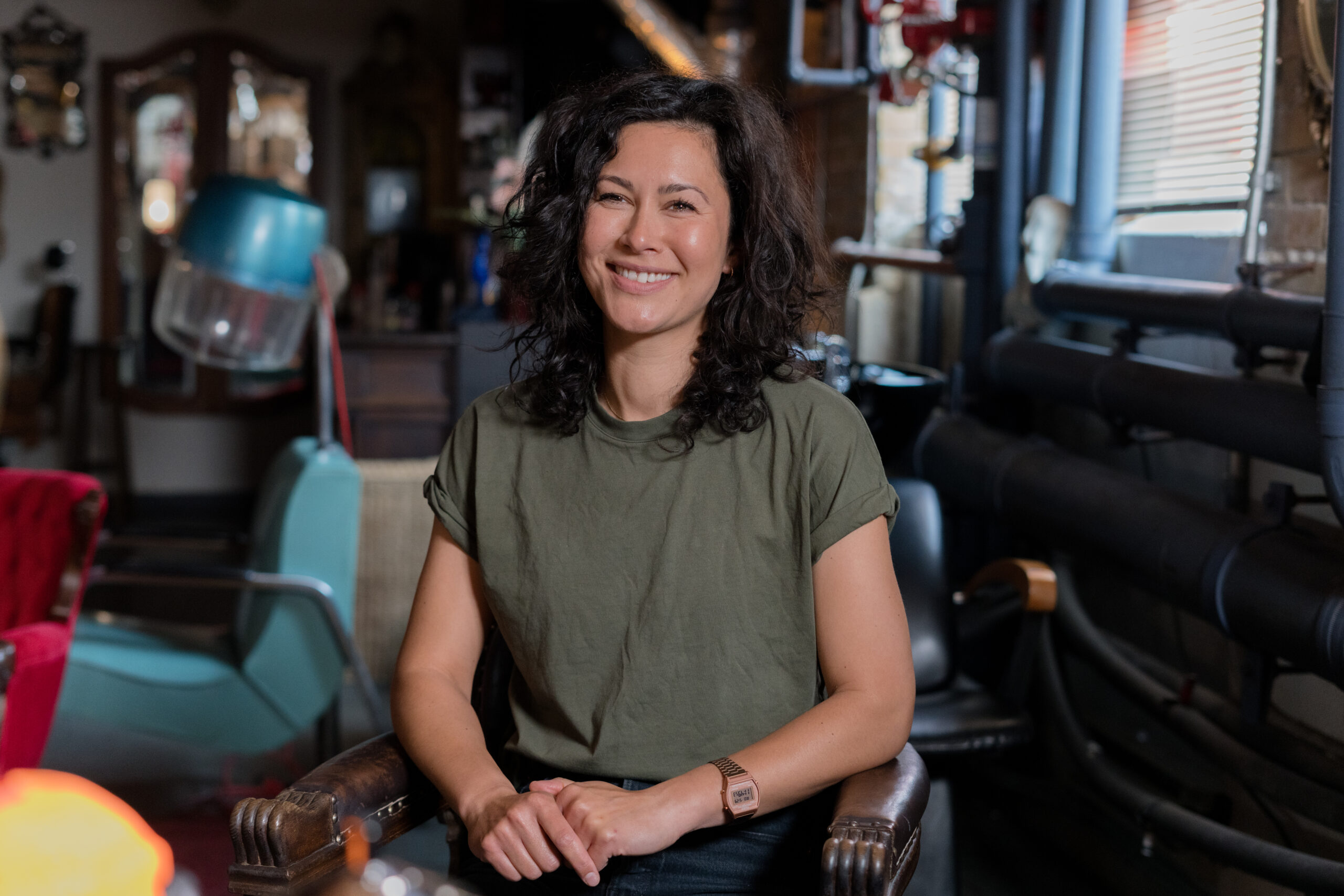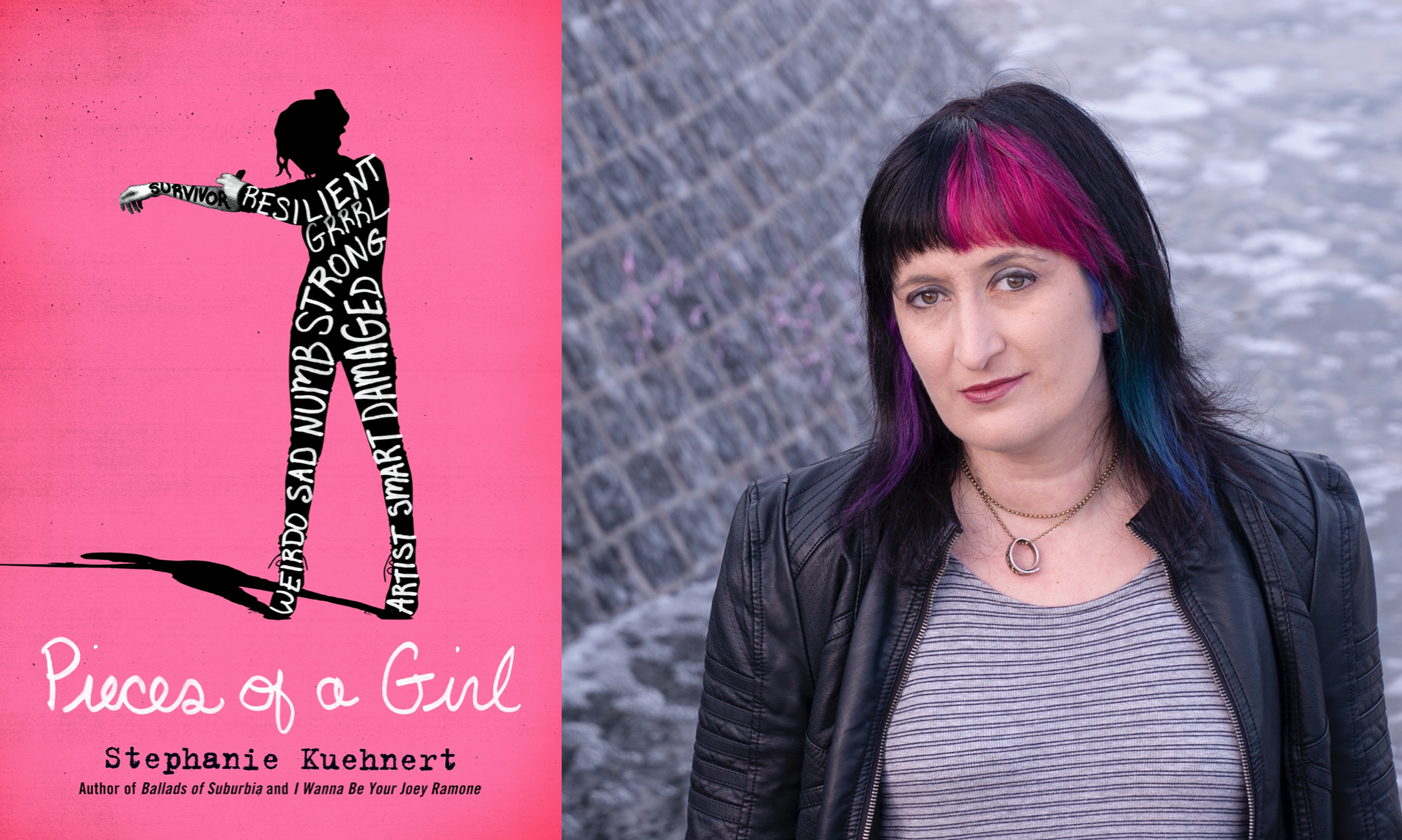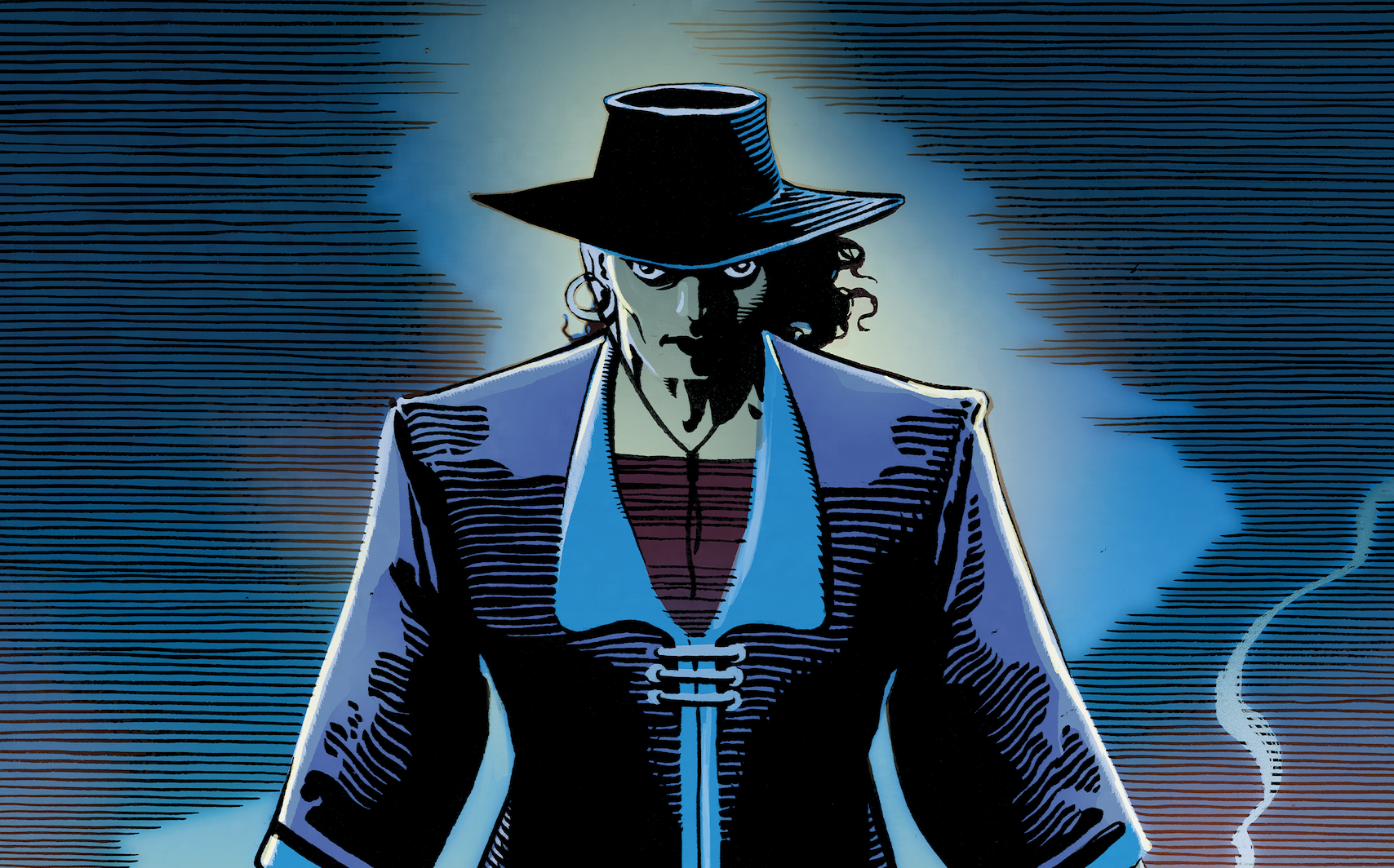
If you’re familiar with the numerous articles we’ve written about the lack of equality for women and minorities both behind and in front of the camera in the film industry, you will have no doubt heard us use the term “Bechdel Test”. It is an unofficial rating “system” which seeks to put the spotlight on films that step outside the industry norms and give women more of a role than just the status quo.
Because when the status quo means only 7% of films released in 2016 were directed by women (and that is a DECREASE from previous years), and women comprising a mere 25% of protagonists in the top 100 films of 2016, it’s clear there is a gender problem in this supposed liberal industry.
The Bechdel Test was something created by artist Alison Bechdel in a bid to show the lack of content and entertainment that empowers women aside from how they relate to men. There are only 3 questions a film needs to answer “yes” to, to pass the test:
(1) Does the film have at least 2 female characters in it? (2) Do those female characters talk to each other? (3) Do they talk to each other about something other than a man? But this is not an industry mandate or standard by any means. However, with the growing emphasis on the need for more diversity and women in key decision-making roles in film, it’s about time there was some sort of standard to ensure the sexist cycles don’t continue.

Enter, F-Rated, a new classification which “applies to films by cinemas and film festivals giving movie-goers an easily identifiable label so they can choose films that fairly represent women on screen and behind the camera.” A description on the website outlines their mission in clear terms:
The F-Rating is a classification for any film which:
1. is directed by a woman
2. is written by a woman
3. features significant women on screen in their own right
The rating is designed to support and promote women and redress the imbalance in the film industry
And the F-Rated system is being implemented by the Internet Movie Database (IMDB), having already being added to 21,000 titles on the website. Looking for a easy way to search for films written, directed by or starring women (or all of these variants)? IMDB’s F-Rated classification has got you covered!
F-Rated was partially inspired by the Bechdel Test, and the organization held an IMDB hackathon to identify a lot of the existing titles that can already be searched under the rating. The founder of this brilliant system is UK-based Holly Tarquin, who is also the executive director of the Bath Film Festival.

The F-Rated system itself was created in 2014 and Holly and her team introduced it first at the Film Festival that year. As a result, the 2016 Bath Film Festival boasted an impressive 50% F-Rated films. On the organization’s website, they talk about the importance and power of films to be able to shape and reflect our culture, and influence the way we look at gender.
“The stories we see on screen need to be told by a broad spectrum of people to represent our diverse culture. Without change, we will train the next generation to only recognize white males as the protagonists and the ones in control of the cameras, scripts and budgets. As well as equality on screen and behind the camera, more female film critics from diverse backgrounds and ethnicities need to be welcomed into the industry so that opinion and feedback is balanced,” it says.
“In real life women are not primarily just eye candy, princesses, dumb blondes, nagging wives or victims. They are engineers, heroes, trailblazers, surgeons and rulers. We need to see a massive increase in roles that reflect women’s real place in society in order to give a true representation of 50% of the population,” it continued.

They note the increase in diverse portrayals of women in film and television beyond the standard gender tropes, which can have a direct effect on what happens in real life, echoing the “if she can see it, she can be it” mantra often espoused by the Geena Davis Institute on Gender in Media.
“We now see women appearing as the lead – not merely the victim – in gritty detective and crime dramas such as The Killing, The Fall and Happy Valley. At the same time an Associated Press review of accredited forensic science programs in the US found about 75% of graduates are women, an increase from about 64% in 2000. At Virginia’s Department of Forensic Science, 36 of 47 scientists hired since 2005 were women. And the reason they chose to go into this profession? Strong female role models – both on screen and off,” said the F-Rated website.
Speaking of Geena Davis, during a recent keynote speech she gave at the 2017 Mount Saint Mary’s University ‘Status of Women and Girls’ report event in Los Angeles, she gave an example of the power of visuals in film. In 2012 the membership in USA Archery more than doubled. Previous to that year, the largest demographic were adult males, but teen girls quickly overtook them, and the organization credits films like ‘The Hunger Games’, featuring lead character Katniss Everdeen as a skilled archer, and Disney/Pixar’s ‘Brave’ whose lead character Merida was also a skilled archer who decided to forego her cultural tradition of getting married in favor of being her own damn hero!

At the 2015 SAG awards, ‘How To Get Away With Murder’ star Viola Davis, who won the award for Best Female Actor in a Drama Series, used her acceptance speech to outline why representation matters to her as a black woman, and to her daughter, saying “it starts from the top down”.
The key takeaway is that what we see on screen matters, but there are still executives at the top of the food chain in the film industry who are either unwilling to see the financial and far-reaching impact of the increased presence of women in film, or they prefer to stick to the sexist norms that have been in place for too long.
While some may balk at the idea of a “mandate” or quota-like system that keeps a creative industry accountable, with the growing conversation around diversity in all forms of entertainment, the F-Rated system which will allow more movie fans to know whether a film passes the test, will help industry insiders understand how they can be part of the change.
Toward the end of 2016, F-Rated founder Holly Tarquin gave a TEDx Talk about her mission, and why what we see on screen matters. You can watch it below:

















2 thoughts on “F-Rated – The New IMDB Classification Rating Films According To Women’s Involvement”